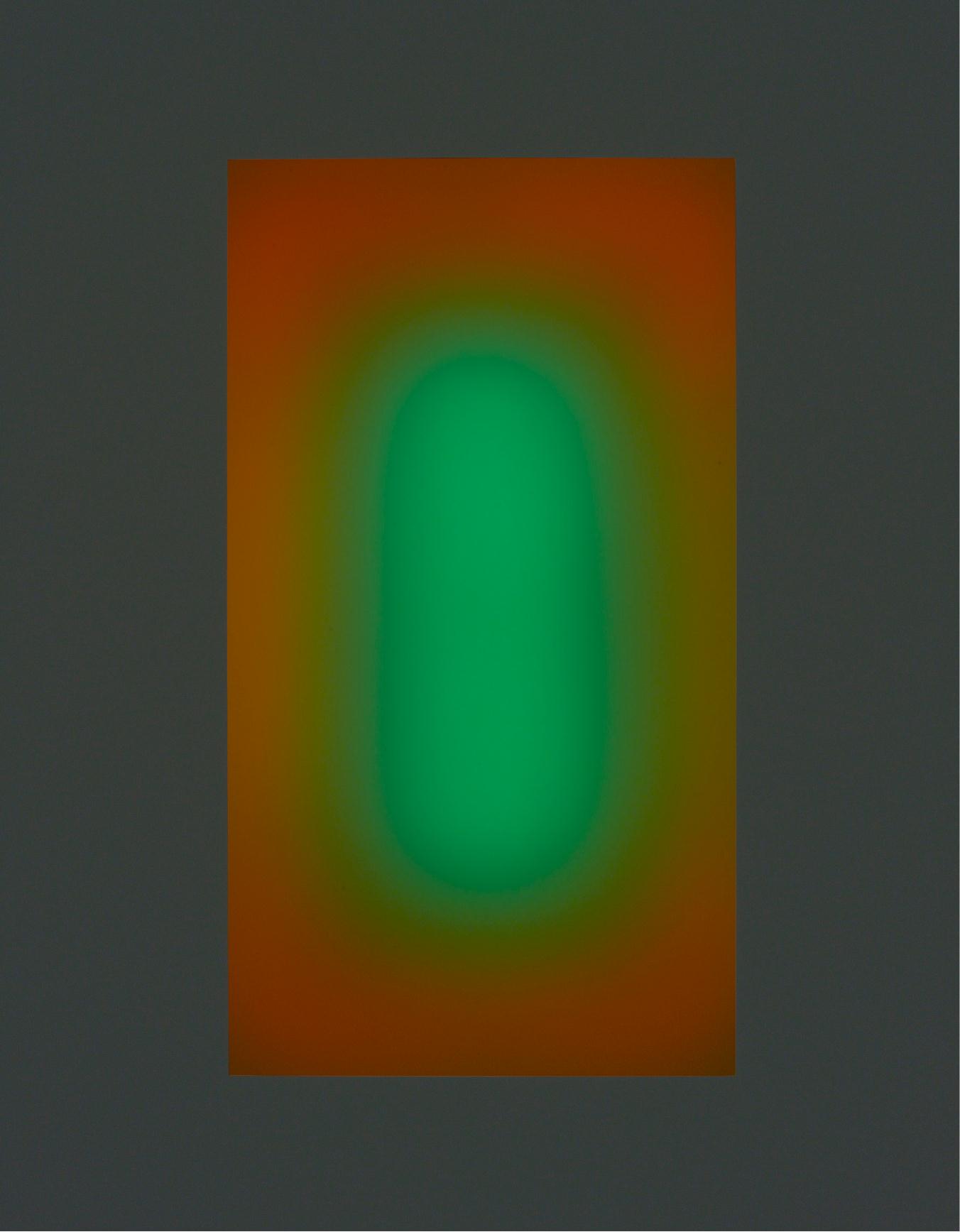
13 Sep Experience Design
What exactly is experience design (XD)? Is it UI Design, Visual Design, Web Design or UX Design?
Before diving into “Experience Design” (XD), let’s understand the basics.
Experience Design originated in the 1900s. Its focus is to develop a bond of interaction between human users and machines, to design a system that addresses the user’s experience.
Experience Design is the practice of designing a product or service with a focus on the quality of the user experience. It makes the life of the customer comfortable and blissful. XD takes customer needs at the highest priority. It develops holistic experiences inclusive of all users across all aspects of services, products, or events. It is a design practice focused on human outcomes.
Features of Experience Design
- Works to optimize the interaction between humans and products.
- Seeks to make products and services easy, effective and delightful.
- Transforms problems into a mechanism for curating meaningful experiences.
The goal of Experience design is to create an efficient and delightful end-user platform to match user expectations and meet the UI patterns and components. The role of interaction design is not restricted to communicating a situation to the user where they have more freedom to design contextual interfaces but has extended its branches and into multidisciplinary design. Experience design includes elements like: interaction design, visual design, information architecture, user research and more.
“XD creates an environment that fosters new ways of thinking and working together collaboratively”.
User Experience (UX) VS Experience Design (XD)
While UX and XD might seem similar due to their titles, they are different from each other in concept. The role of UX is to improve the service and the product for its customers, whereas the role of XD is to keep a record on how the customer interacts with the brand and the positive impact the brand has on the customer. The goal of both UX and XD is the same in that they both emphasize building brand loyalty. UX deals with the functionality of the product where XD aims to create an emotional bond between the user and the experience.
Why?
- It provides a number of opportunities to its audience to meet and exchange the information.
- It enhances customers’ satisfaction and loyalty.
- When the experience works in collaboration with design and technology, it converts customers into brand evangelists.
- By building the concepts of testing and iterating, your chances of success get increased.
- It provides endless opportunities for design to deliver a better journey for customers.
XD is human-centered, it asks the question: “What do people want and need?”
Learning
At Experience Design 2022, February 28-March 2 in Denver, attendees will learn about experience design best practices from industry leaders with sessions targeted to both your specific function and level of maturity in enterprise-level experience design. Check out what is planned this year via the link below:
https://www.designinnovationglobal.com/events-experience-design
Benefits
Experience Design capabilities are critical because it leads to improved customer retention. Chances are, if there is a successful business with high customer retention rates, that company has implemented and prioritizes experience design best practices across the organization, putting the customer at the center of their solutions.
Experience Design helps businesses uncover the goals and desires of its customers, which in turn allows them to provide customers with the goods and services they need to improve their lives. Overall, XD is one of the most effective ways of attracting and retaining clients. If you haven’t prioritized XD, what are you waiting for?